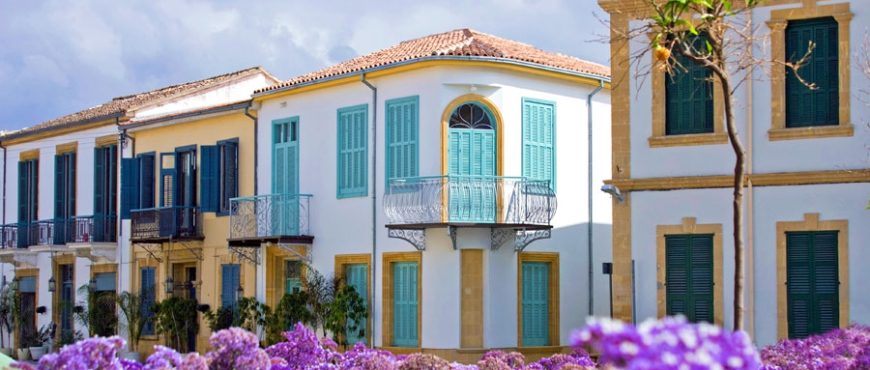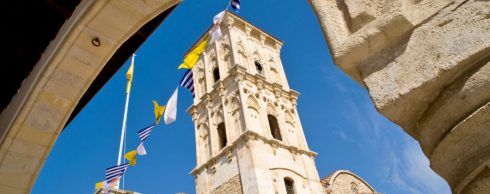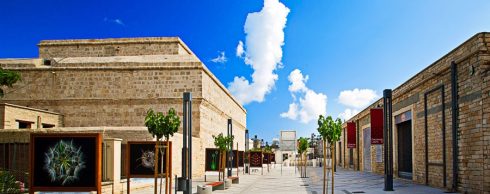| Nicosia is the; capital and largest city of Cyprus, located near the center of the island, as well as its main business center. After the collapse of the Berlin Wall, Nicosia still remains as the only divided capital in the world, with the southern and the northern portions divided by a Green Line. It has a total population more than 300 000. |
History facts:
Nicosia has been habited since the beginning of the Bronze Age 2500 years BC. Later on, the city-kingdom of Ledra was established. Until the first millennium AD, it is described by the Historians as a ‘small and unimportant town’.
After the destruction of the former capital of the island, Salamina, by the Arabs, the Byzantines named Nicosia as the capital of Cyprus in 965 AD. Since then it remains as the capital of Cyprus.
Nicosia, as the rest of the Cypriot towns, was for many years under the occupation of the French and the Venetians. On 1st July 1570, the Ottomans invaded the island and after forty days under siege, Nicosia felt on 9th September 1570 and became part of the Ottoman Empire. Cyprus remained under the Turkish occupation for more than 300 years and on 5 July 1878 the administration of the island was officially transferred to Great Britain.
In 1955, an armed struggle against the British rule began aiming to unite the island with Greece. During that period, Nicosia was the main scene of violent protests. Finally, with the declaration of the Cypriot independence, Nicosia was officially named the capital of the Republic of Cyprus.
Places to visit:
In Nicosia, the visitors can wander the narrow streets of the in wall old city and shop at the Ledras street. There you can visit the Ledra Museum Observatory, housed on the 11th floor of the Shakolas building on Ledra Street, where you can take in 360 degree panoramic views of the whole of Nicosia town.
There are a lot of museums in the city of Nicosia. The Cyprus Archaeological Museum said to be the richest and best archaeological museum in Cyprus, showing treasures of art from the Neolithic Period (5800 BC) to the early Byzantine Period (330-1192AD), including Cypriot pottery, terracotta, clay and stone sculptures, bronze and jewellery. In addition, The Ethnographic Museum of Cyprus hosts the largest collection of ethnographic artifacts in the country which includes costumes, pottery, lace, metalwork, woodcarving and paintings. Other museums in Nicosia include the Cyprus Museum of Natural History.
For the lovers of green and natural environment, in Nicosia district there are two parks where you can walk and enjoy your day. Athalassa National Park is on the outskirts of Nicosia. It is part plantation and part walkways with a lake, picnic area, playground and kiosk. Acropolis Park is compact and bijoux but has everything a young family needs – play area with a soft landing, swings, icecream and beer… a nice wild wooded network of walkways and a water feature with a bridge connecting caves to the restaurant.
Finally, you can visit the Kykkos monastery and the Stavrovouni monastery where part of the Holy Cross is kept there.



